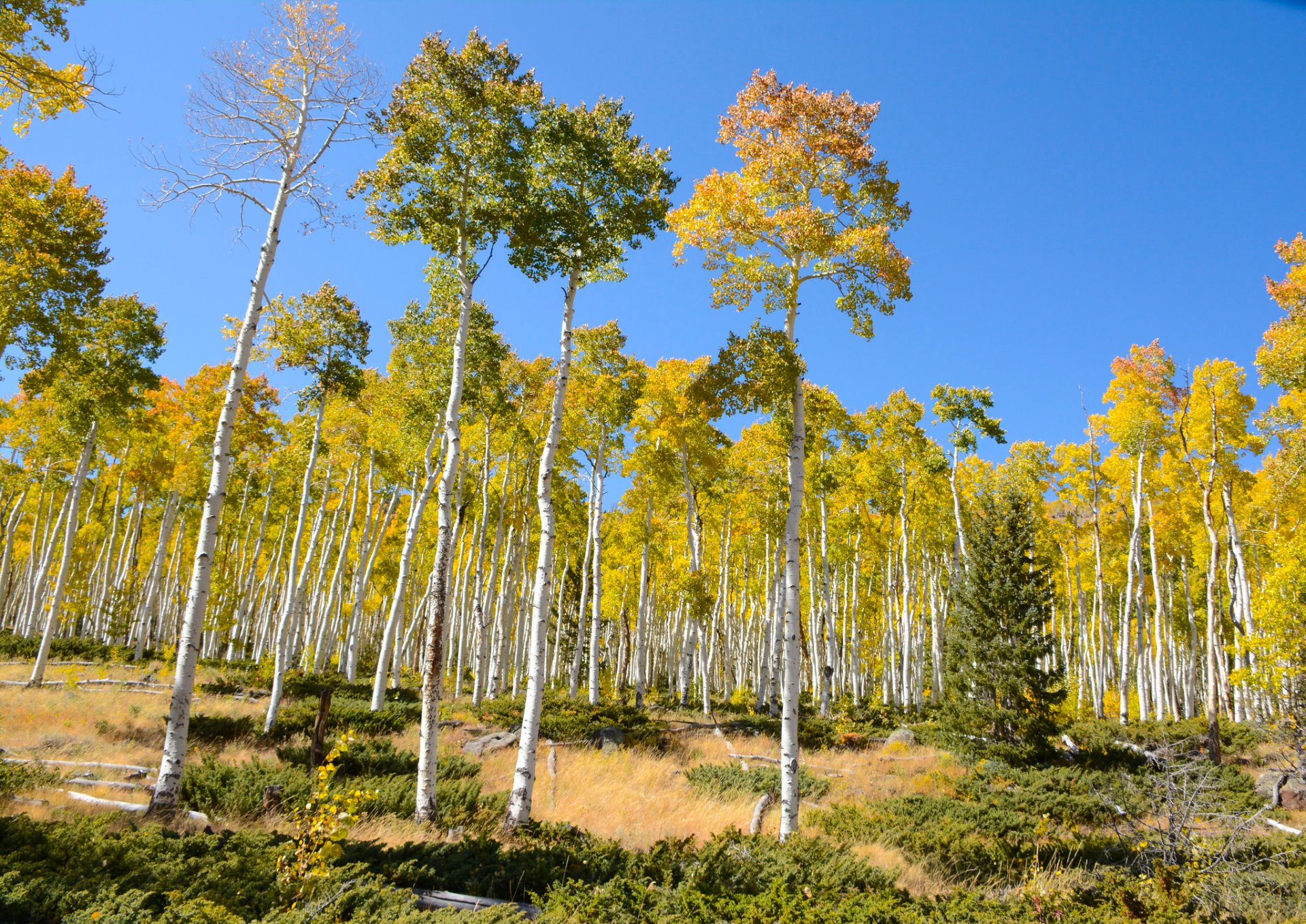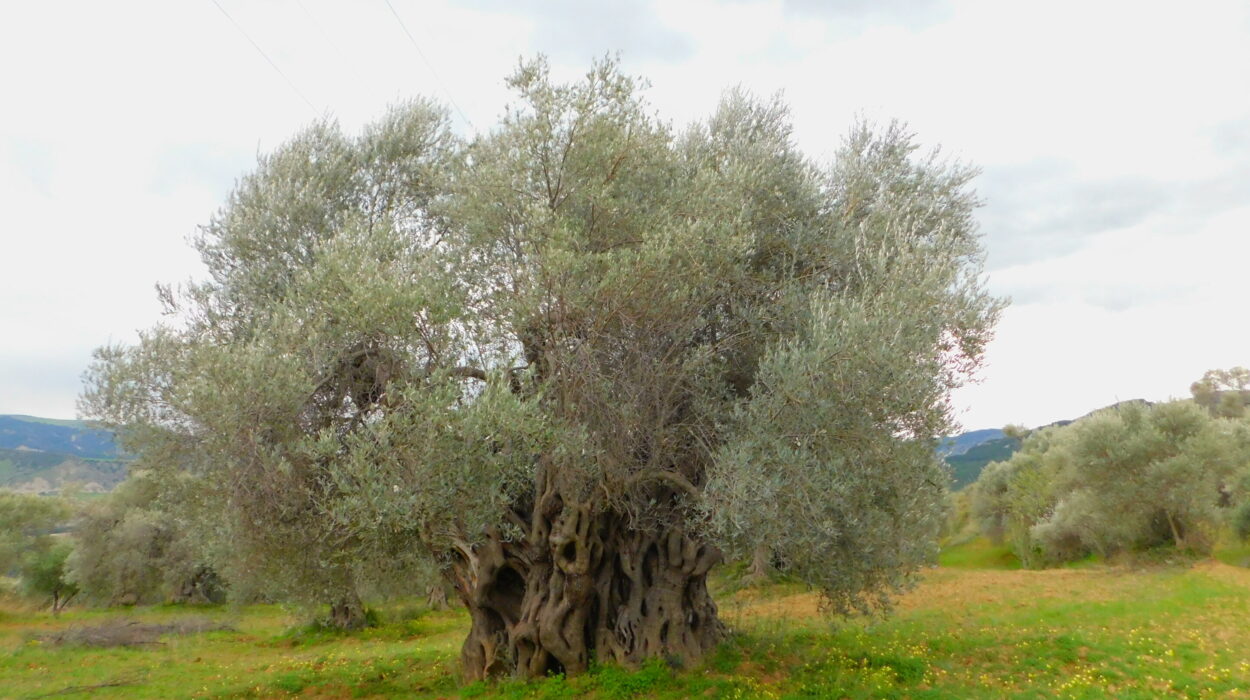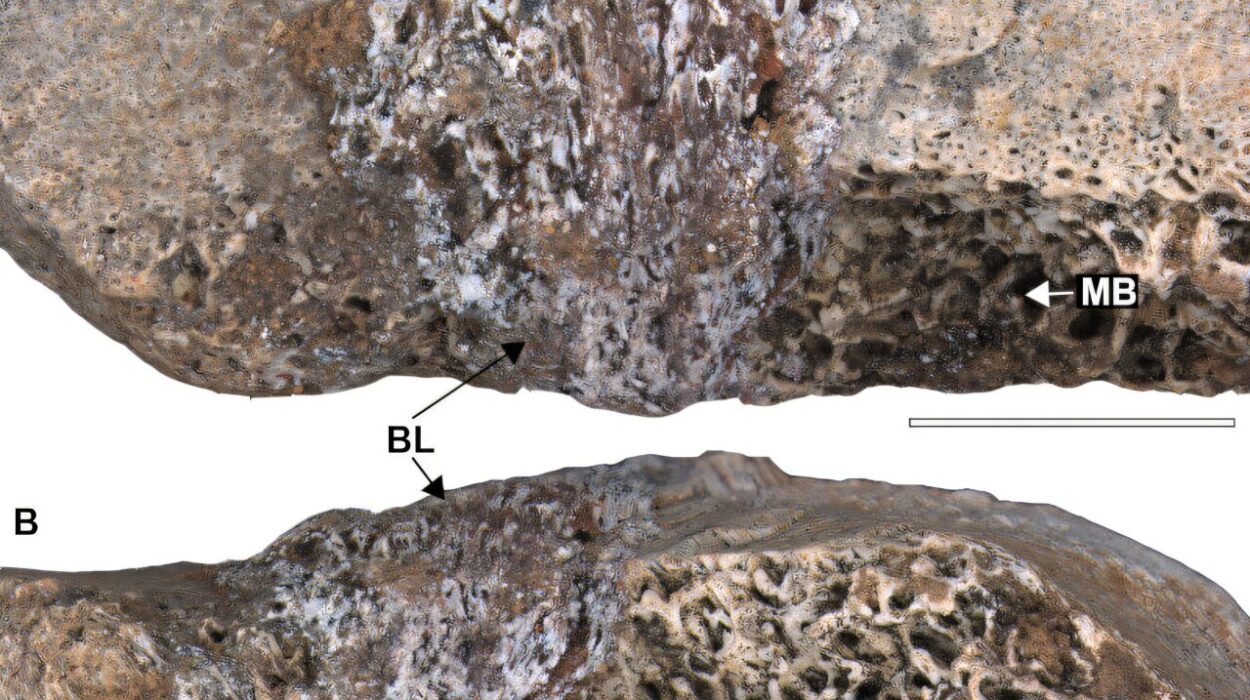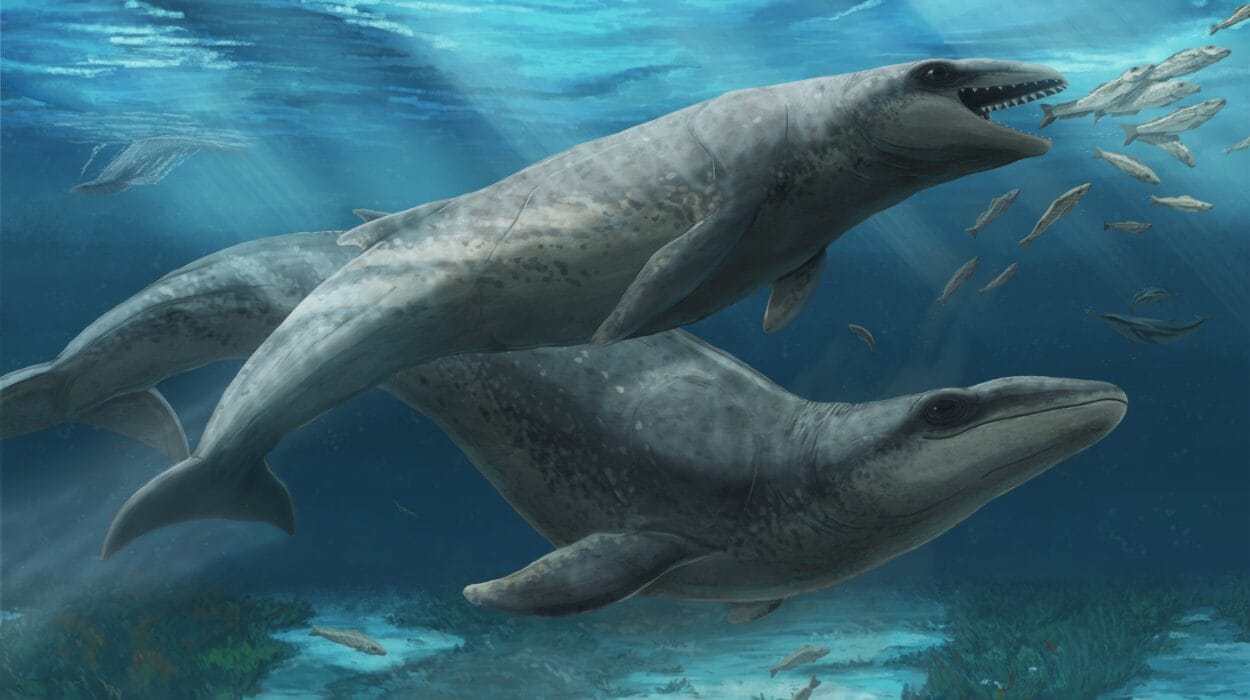Imagine standing atop a jagged mountain peak, where the air is thin and cold, and the world sprawls far beneath your feet. The sun gleams off ice-crusted stones, the wind howls through ancient crags, and a silence older than civilization reigns. And then, suddenly, you kneel down and discover something impossible—embedded in the rock beneath your boots is the unmistakable spiral of a seashell, the imprint of a coral colony, or the skeleton of a long-extinct marine creature.
How can this be?
This is not the fantasy of a poet nor the hallucination of a climber gasping for oxygen. It is a reality that has puzzled and fascinated human beings for centuries. From the Swiss Alps to the Rocky Mountains, from the Himalayas to the Andes, fossils of marine life—creatures that once lived in vast oceans—are found thousands of feet above sea level. At first glance, this seems to defy logic. But beneath the mystery lies one of the most astonishing and powerful stories Earth has to tell: a tale of continents in motion, of titanic forces shaping the planet, and of time on a scale almost too vast to imagine.
To understand how marine fossils can be found atop the world’s tallest peaks, we must dive into the depths of ancient oceans, journey through the belly of the Earth, and ride the rising mountains of time itself.
The Secret Kept by Stone
Fossils are, by their very nature, messages from the past. They are whispers of vanished worlds, encoded in mineral and sediment, preserved through chance and chemistry. For a marine organism to become a fossil, it must first die in a place where rapid burial is possible—typically in the muddy bottom of a sea, lagoon, or estuary. Over time, layers of sediment bury the remains, compacting and mineralizing them until they are transformed into stone.
What remains is not the living creature itself, but a record of its shape, its presence, its place in time.
But what happens when the sea floor doesn’t stay where it is?
The Earth is not static. Beneath the apparent stillness of land and sea lies a restless, roiling planet. Its surface is made of gigantic slabs called tectonic plates, which float on a softer, semi-fluid mantle. These plates are in constant motion—slowly drifting, colliding, and reshaping the surface of the Earth over millions of years. This theory, known as plate tectonics, is one of the most transformative scientific discoveries of the 20th century. It provides the key to unlocking the riddle of marine fossils on mountain tops.
The Dance of Continents
Over 200 million years ago, the landmasses we know today were joined in a supercontinent called Pangaea. This vast continent began to split apart, its fragments drifting across the globe like rafts on a molten sea. As they moved, they carried the sediments and fossils buried in ancient ocean floors with them.
When two plates carrying continental crust collide, neither easily sinks beneath the other because continental rock is buoyant and thick. Instead, the crust crumples and buckles, much like the hood of a car in a head-on collision. This process is called orogeny—mountain building—and it is one of the most powerful geological forces on Earth.
As the plates collide and push upward, entire sections of seabed—along with the fossils they contain—are lifted skyward, folded and tilted into peaks and ridges. What was once a quiet marine environment, where trilobites scuttled and ammonites floated, becomes the soaring spine of a mountain range.
It is a slow-motion revolution. The Himalayas, for instance, began forming around 50 million years ago when the Indian plate slammed into the Eurasian plate. The force of this collision continues today, pushing the Himalayas upward at a rate of several millimeters per year. Fossils of marine invertebrates like brachiopods, belemnites, and foraminifera have been found on Mount Everest itself, more than 8,000 meters above sea level. Once submerged beneath the Tethys Ocean, they now rest in the roof of the world.
The Language of the Rocks
To find marine fossils high in the mountains, paleontologists look for clues in the rocks themselves. Not all mountain rock is the same. Some is volcanic, some metamorphic, and some sedimentary. It is this last type—sedimentary rock—that is most likely to contain fossils. These rocks form in layers, often from mud, sand, or lime deposited in aquatic environments.
When scientists see certain types of sedimentary rock—such as limestone, shale, or sandstone—at high elevations, they know they’re looking at ancient seafloors. But fossils provide the most direct evidence. A single shell, the coiled spiral of an ammonite, or the delicate ridges of a coral can tell a story 100 million years in the making.
And it’s not just the types of organisms, but their arrangement and preservation that yield clues. Are the shells fragmented or intact? Are they scattered or aligned in patterns suggesting gentle marine currents? Such questions help paleontologists reconstruct the environment in which the fossil was buried—and how it eventually rose to the skies.
Sometimes entire fossil beds are found—layers upon layers of marine life frozen in time. The Burgess Shale in the Canadian Rockies, for example, contains one of the most exquisite collections of Cambrian marine life on Earth. These creatures lived 500 million years ago in a warm, shallow sea, but today their remains are embedded in stone high in the mountains, telling a story few could have imagined when the peaks were still hidden under the sea.
Shifting Earth, Shifting Time
The Earth’s surface is dynamic not just on the scale of geography, but on the scale of deep time. What is ocean today can become desert, and what is mountain can one day be eroded into dust. This endless recycling is part of the rock cycle—another powerful engine of transformation. As mountains rise, they are weathered by wind, ice, and rain. Rivers carry their sediments back to the sea, where they form new layers and new fossils, beginning the cycle again.
But even more startling is the fact that sea levels themselves change. During ice ages, massive glaciers lock up water, lowering global sea levels and exposing vast areas of continental shelf. In warmer periods, melting ice and thermal expansion raise the seas, flooding coastlines and even covering continental interiors. These transgressions and regressions leave behind marine fossils in places that are now landlocked—even far from tectonic boundaries.
The American Midwest, for instance, was once covered by a shallow sea known as the Western Interior Seaway. Fossils of giant marine reptiles, such as mosasaurs and plesiosaurs, have been found in Kansas—thousands of kilometers from any ocean. But in the case of marine fossils on true mountain summits, tectonic uplift is the primary sculptor.
What the Fossils Tell Us
Each marine fossil on a mountain is more than a curiosity—it’s a chapter in Earth’s history. These fossils allow scientists to map ancient coastlines, reconstruct the arrangement of continents, and understand the timing and forces behind mountain formation.
But they also whisper something more profound: a truth about the impermanence of the world. Mountains we think of as eternal were once seabeds. Oceans that seemed endless were once valleys. The world we see is not the world that was—and not the world that will be.
There’s a quiet poetry in this realization. The fossil of a trilobite on a Himalayan ridge is a letter from a world long gone. It says, “I was here. I lived. I died. And now, against all odds, you have found me again.”
Echoes in Culture and Myth
Long before plate tectonics was understood, people noticed these strange marine fossils high in the mountains. To ancient civilizations, they were puzzles from the gods or signs of great floods. The Greeks believed fossil seashells in the mountains of the Mediterranean were proof of a mythical deluge. In China, “dragon bones” dug from mountains were thought to be the remains of legendary beasts.
In the European Middle Ages, fossil shells were often dismissed as tricks of nature—mere “sports of the Devil” or mineral curiosities formed by Earth’s imagination. It wasn’t until the 17th and 18th centuries that scholars like Nicolaus Steno began to understand fossils as the remains of once-living organisms, and that the Earth itself had a layered, dynamic history.
Charles Darwin, traveling on the HMS Beagle, was astonished to find fossilized marine shells in the Andes Mountains—5,000 feet above sea level. These discoveries helped shape his understanding of the Earth as an ancient, ever-changing planet, where life and landscape evolve together.
The Power Beneath Our Feet
Today, geologists use GPS and satellite data to measure the movement of tectonic plates in real time. The Himalayas continue to rise, driven by the same collision that began millions of years ago. Earthquakes and volcanic eruptions are reminders of this hidden motion.
But in the slow, patient rise of mountains, we see something more than violence. We see the Earth reshaping itself, not in centuries, but in eons. The mountain you climb today may have been an ocean 200 million years ago—and the ocean below may one day become a mountain, bearing the imprint of life we can scarcely imagine.
Marine fossils on mountaintops are not contradictions. They are confirmations. They prove that Earth is alive—not in the biological sense, but in the geological one. It is a planet with memory, movement, and purpose, sculpting itself through time with forces both immense and invisible.
The Mountain and the Sea
In the end, the question of how marine fossils are found on mountain tops is not merely a scientific puzzle—it is a story of transformation. It is the story of continents drifting like ghosts across the globe, of mountains rising from watery graves, of oceans that come and go, leaving behind only stone and silence.
It is also our story. For we, too, are creatures of this ever-changing planet. Our cities rise and fall. Our empires crumble and erode. We live in a brief flash between the past and the future, walking on stones that once knew the deep.
And yet, the fossil spiral of a nautiloid on a mountain trail connects us to something timeless. It reminds us that even in death, life leaves a mark—that even in the most unexpected places, we can find echoes of the sea.






